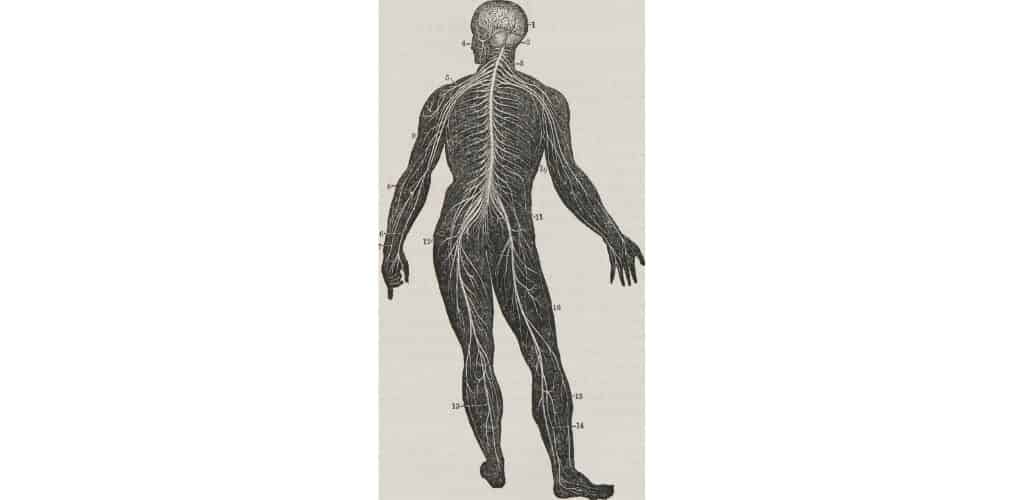The Federal Circuit has vacated and remanded a non-obviousness decision of the Patent Trial and Appeal Board (PTAB or Board), finding that the context of the proposed combination of prior art wasn’t directed toward the context of the claim at issue.
The case is Axonics, Inc. v. Medtronic, Inc.
Medtronic owns U.S. Patent Nos. 8,626,314 and 8,036,756, which describe and claim a neurostimulation lead and a method for implanting and anchoring the lead.
As the court explained,
This invention relates generally to a method and apparatus that allows for stimulation of body tissue, particularly sacral nerves. More specifically, this invention relates to an implantable medical electrical lead having at least one stimulation electrode adapted to be implanted near the sacral nerves for stimulation of a bundle of sacral nerve fibers and a fixation mechanism for providing chronic stability of the stimulation electrode and lead. Moreover, this invention relates to the method of implantation and anchoring of the medical electrical lead electrodes in operative relation to a selected sacral nerve to allow for stimulation.
Axonics was sued by Medtronic for infringement and challenged various claims of the Medtronic patents for obviousness in inter partes reviews (IPRs) under 35 U.S.C. §§ 311–319.
As the court explained,
Obviousness is an issue of law decided based on numerous factual findings, including the scope and content of the prior art, the level of ordinary skill, and whether a relevant artisan would have had a motivation to combine references in the way required to achieve the claimed invention.
In both IPRs, the PTAB concluded that Axonics had failed to prove any of the challenged claims unpatentable.
Axonics appealed. It argued, among other things,
that the challenged claims of the ’314 patent are unpatentable under 35 U.S.C. § 103 for obviousness over Young (Ronald F. Young, M.D., Electrical Stimulation of the Trigeminal Nerve Root for the Treatment of Chronic Facial Pain, 83 Journal of Neurosurgery 72 (1995)) in view of Gerber (U.S. Patent No. 6,055,456) and Lindegren (PCT App. No. WO 98/20933)…. Axonics specifically argued that a relevant artisan would have been motivated “to replace the one electrode of Young with multiple electrodes at the distal end distal to the anchoring mechanism, as taught in Gerber, in order to provide more flexibility in activation of a wider area and provide the possibility for bipolar electrical stimulation, as taught in Young.”
The Young reference describes “a clinical study of patients who received percutaneous implantations of an electrical neurostimulator to treat chronic facial pain resulting from injury to the trigeminal nerve or nerve root.”
The Gerber reference describes “an implantable medical lead having at least one electrode contact wherein the lead is implanted near the sacral nerves for stimulation” and a “method of implantation and anchoring of the medical lead near the sacral nerve.”
In arguing that a relevant artisan would have been motivated to combine the teachings of Young and Gerber, Axonics asserted that Young and Gerber “reasonably address[] the similar problems of leads adequately stimulating the nerves while limiting electrode migration”—a problem that Axonics contended the ’314 patent also addresses.
The PTAB defined the relevant art as “focused on sacral-nerve stimulation specifically.” It described a relevant artisan as someone with, among other experience, “at least two years of experience researching and developing medical leads for sacral neuromodulation.”
However, the court disagreed, finding that the relevant art wasn’t “limited to medical leads for sacral-nerve stimulation.”
The court noted that “No claim of the two patents either mentions or is limited to sacral nerves” and that the titles of the two patents also aren’t limited to sacral nerves.
The court explained that
The Board in this case rejected Axonics’s obviousness challenge because it found that Axonics failed to show that a relevant artisan would have had a motivation to combine the teachings of Young with those of Gerber, and the Board rested that finding on its determination that the proposed combination “would not be feasible in the trigeminal nerve region.”
This was error, said the court.
Just like the haiku above, we like to keep our posts short and sweet. Hopefully, you found this bite-sized information helpful. If you would like more information, please do not hesitate to contact us here.


